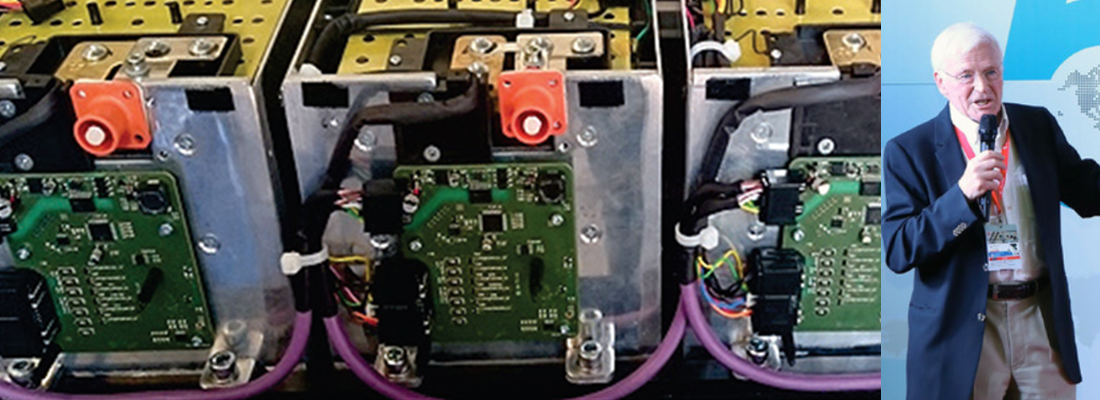Making things: the future
New technology like artificial intelligence (AI) and machine learning. New ways to leverage big data and cloud computing. New manufacturing methods and principles like generative design. It’s clear that the way people make things is changing, and the remanufacturing industry is going to need to adapt to these changes to continue to make an impact in the circular economy.
Two companies at the forefront of these changes sent representatives to this year’s RIC-RIT conference to encourage attendees to take advantage of new technology and methods to make remanufacturing more agile and adaptive to today’s needs.
Vikram Vedantham, senior manager in business strategy and marketing for Autodesk talked about how traditional manufacturing processes create disruptive bottlenecks. Each handover between the design, engineering, testing and manufacturing teams results in a loss of intellectual capital and delays time to market as a result of data silos, varying experience levels and disparate tools. In fact, Vedantham estimates that 30% of engineers’ time is spent on hand-offs and getting around these bottlenecks rather than on designing innovative products.
Technology is the key to streamlining the manufacturing process, he said, pointing to the Internet of Things (IoT), 3D printing, Big Data and blockchain as examples. As the global economy enters the fourth industrial revolution (Industry 4.0), design will be done by computers powered by AI and machine learning, using generative design to quickly create thousands of design options, narrow them down to a select few based on specific criteria (such as sustainability, cost, density and aesthetics), and allow a human to validate them and choose the best option. This will be huge for the remanufacturing industry, he said, allowing engineers to use these new technologies and design principles to optimise product design for remanufacturing.
Vedantham was followed by Luke Kelly from Carbon, a company that offers manufacturing-as-a-service to big brands. Donning the first commercially available 3D printed shoe, Kelly walked conference attendees through Carbon’s digital manufacturing platform that makes real parts, fast and with quality surface finish.
Carbon’s manufacturing-as-a-service allows companies to shorten the product lifecycle so they can keep up with emerging trends. He cited Adidas as an example, showing how 3D printing services from Carbon allowed the shoe company to design and prototype dozens of variations of its new sneaker and test them out with real athletes. Traditionally, it only makes financial sense for Adidas to prototype and test two or three variations (and only in a standard size 10 UK) - and even then, the design will have to stay on the market for five to six years for the company to make a profit.
The cheaper design, prototype, testing and manufacturing services provided by Carbon make it more cost effective, allowing a new sneaker model to make a profit with a shorter shelf life - perhaps as short as a six-month season. Without these financial constraints, Adidas can churn out more shoe models and keep up with rapidly changing trends. And, perhaps one day, we’ll get to a point where remanufactured shoes will be a reality.






